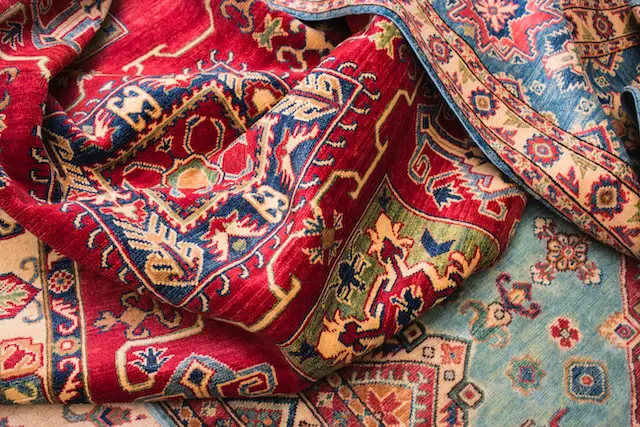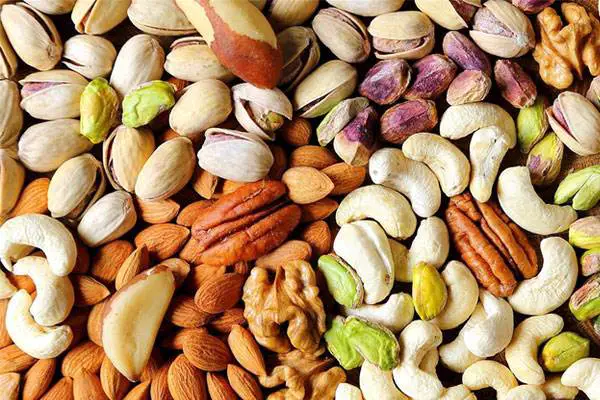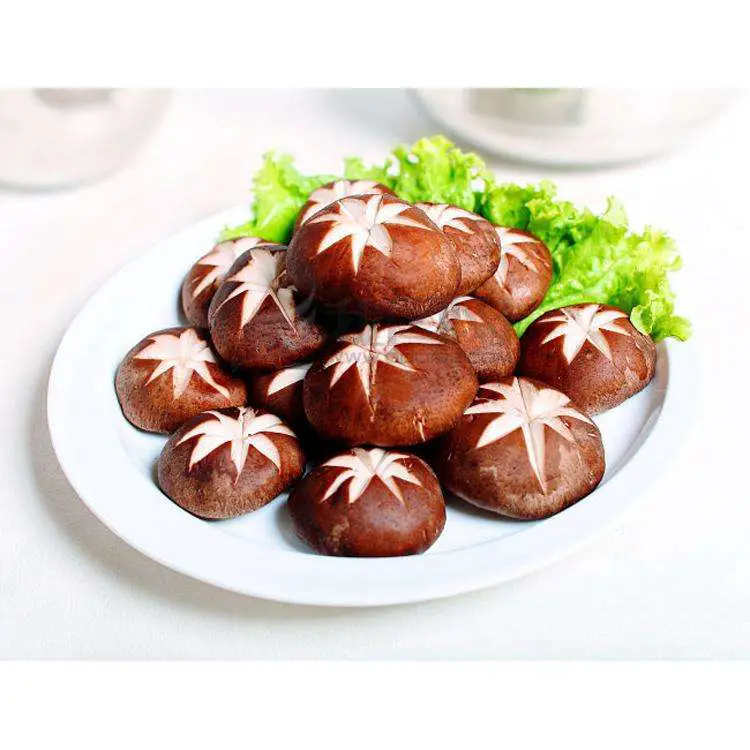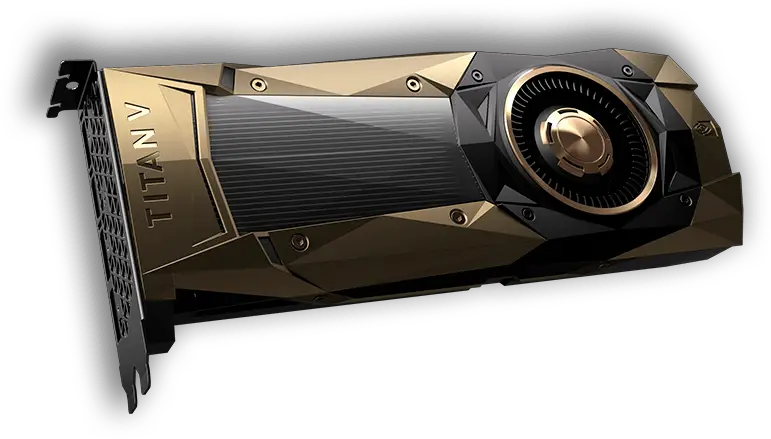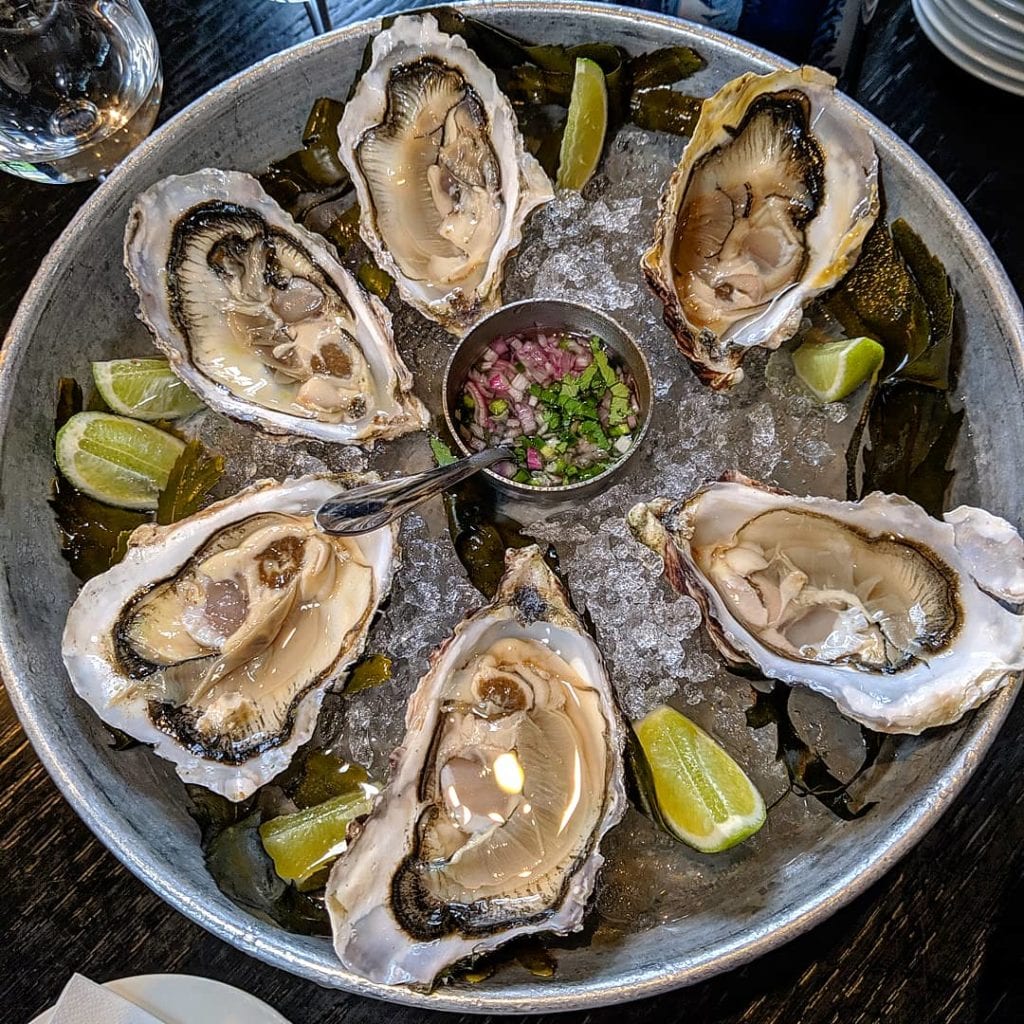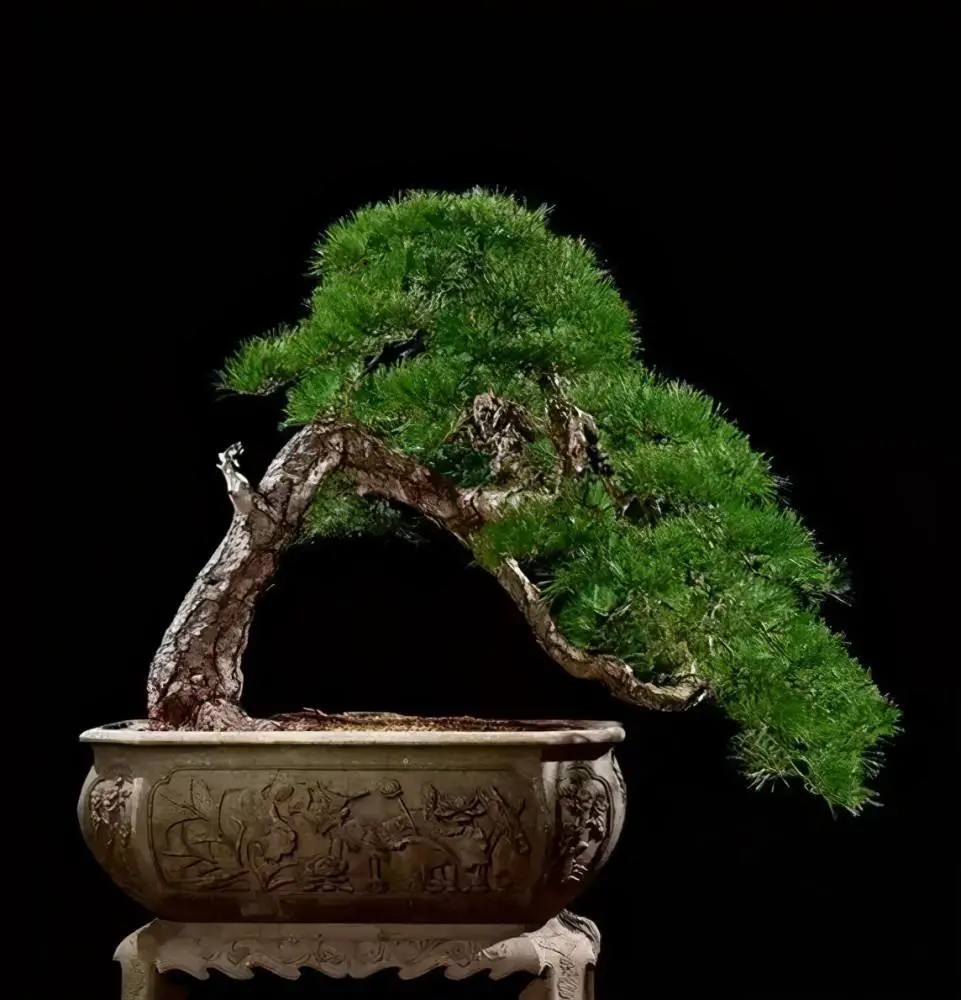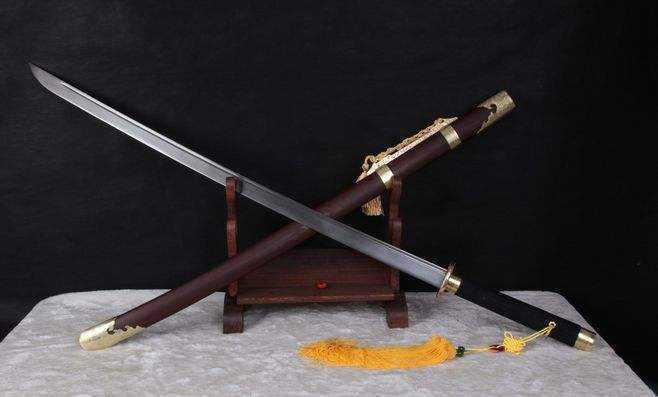Why Are Persian Rugs So Expensive?
Persian rugs, also known as Iranian carpets, are one of the most luxurious and expensive floor coverings in the world. These rugs are renowned for their intricate designs, high-quality materials, and exceptional craftsmanship. Persian rugs have been produced in Iran for centuries and are considered an essential part of Iranian culture.
So, why are Persian rugs so expensive? Many factors contribute to the high cost of these exquisite pieces of art. Firstly, it takes a considerable amount of time and effort to weave a single Persian rug. The process can take several months to a few years, depending on the size and complexity of the design. Weavers use traditional methods, including hand knotting, which adds to the time and effort required.
The materials used in authentic Persian rugs are also of the highest quality. Wool, silk, and cotton are the most commonly used materials, and each type of rug may include one or more of these materials. The wool used in Persian rugs is usually from local sheep, and it is hand-spun to create a high-quality, durable yarn. Silk is also a popular material for Persian rugs, particularly in the more expensive varieties, such as Qum silk rugs. Silk is renowned for its luster and softness, but it is also delicate and challenging to work with, which contributes to the high cost of these rugs.
Another factor that contributes to the high cost of Persian rugs is their intricate designs. Persian rugs are famous for their complex and detailed patterns, which are created using a variety of techniques such as knotting, weaving, and embroidery. These designs often have cultural or historical significance, making each rug a unique work of art. The designs are usually passed down through generations of weavers, with each weaver adding their style and interpretation to the pattern.
Persian rugs are also considered investment pieces, with some antique rugs fetching tens of thousands of dollars at auction. These rugs can last for generations, and their value often increases over time. Antique Persian rugs are particularly valuable, as they are considered rare and unique pieces of art that are difficult to find.
In addition to their high-quality materials, intricate designs, and historical significance, Persian rugs are also made by hand. This adds to the cost of the rug, as it requires skilled labor and time-intensive work. Weavers often spend years perfecting their craft, and they take pride in each rug they create.
Finally, the type of rug also plays a significant role in determining its price. Qum silk rugs, for example, are among the most expensive Persian rugs due to the high quality of the silk used and the complexity of the design. These rugs are known for their intricate details and are considered some of the finest examples of Persian rug weaving.
In conclusion, Persian rugs are so expensive due to a combination of factors, including high-quality materials, intricate designs, skilled craftsmanship, and their status as investment pieces. They are considered works of art that can be passed down through generations, making them an essential part of Iranian culture and a coveted addition to any home.
Frequently Asked Questions
What is a Persian rug?
A Persian rug is a type of handwoven rug that is made in Iran (formerly known as Persia). These rugs are known for their intricate designs, high quality, and durability. Persian rugs are made using a variety of materials, including wool, silk, and cotton, and they are often dyed using natural pigments to achieve rich, vibrant colors.
The art of Persian rug weaving has a long history that dates back thousands of years. It is said that the first Persian rugs were made in the 5th century BC, and since then, Persian rug weaving has evolved into a highly skilled craft that is passed down from generation to generation.
Persian rugs are highly valued for their beauty and quality, and they are often considered to be works of art. Each rug is unique and reflects the culture, history, and artistic traditions of the region in which it was made. Some Persian rugs are so highly prized that they can sell for millions of dollars at auction.
Today, Persian rugs continue to be popular around the world, and they are treasured by collectors and decorators alike for their timeless beauty and exceptional quality.
How much does a Persian rug cost?
The cost of a Persian rug can vary greatly depending on several factors, including its size, age, condition, design complexity, materials used, and the reputation of the weaver or manufacturer.
Generally speaking, Persian rugs can range from a few hundred dollars to tens of thousands of dollars or more. A small or medium-sized Persian rug made with wool or cotton may cost a few hundred to a few thousand dollars, while a larger or more intricately designed rug made with silk may cost tens of thousands of dollars.
Antique or vintage Persian rugs, particularly those that are rare or in excellent condition, can command even higher prices. For example, a 17th-century Persian rug sold at auction for $33.8 million in 2013, making it the most expensive rug ever sold.
It’s worth noting that the purchase of a Persian rug is often considered an investment, as high-quality rugs can appreciate value over time. If you’re interested in buying a Persian rug, it’s important to do your research, work with a reputable dealer, and be prepared to spend a significant amount of money on a quality piece.
How to clean a Persian rug?
Cleaning a Persian rug requires care and attention to avoid damaging the delicate fibers and intricate designs. Here are some general guidelines to follow when cleaning a Persian rug:
1. Vacuum regularly: Use a vacuum cleaner with a beater bar or brush attachment to gently remove dirt and dust from the surface of the rug. Be sure to vacuum both sides of the rug to get rid of any debris that may have settled deep into the fibers.
2. Spot clean stains: If you notice a stain on your rug, try to clean it up as soon as possible. Blot the stain with a clean, damp cloth to remove any excess liquid, and then use a mild detergent solution to gently clean the affected area. Be sure to test any cleaning solution on a small, inconspicuous area of the rug first to make sure it won’t damage the fibers.
3. Hire a professional: If your rug is heavily soiled or has deep-set stains, it may be best to hire a professional rug cleaner. Look for a company that specializes in cleaning Persian and Oriental rugs, and be sure to ask about their cleaning process and the products they use to ensure they are safe for your rug.
4. Air dry: After cleaning, hang the rug to dry in a well-ventilated area away from direct sunlight or heat sources. Avoid using a dryer or other heating devices, as this can damage the fibers.
5. Rotate the rug: To prevent uneven wear and fading, rotate the rug every few months so that it wears evenly.
Remember that each rug is unique and may require special care, so it’s always a good idea to consult with a professional before attempting any cleaning or maintenance on your Persian rug.
How to tell if a Persian rug is authentic?
Identifying an authentic Persian rug can be challenging, as there are many high-quality imitations on the market. Here are some tips to help you determine if a Persian rug is authentic:
1. Look for a signature: Many Persian rugs are signed or stamped with the name of the weaver or manufacturer. Look for a signature on the back of the rug or in a corner of the design.
2. Check the knot count: A high knot count is an indicator of quality in Persian rugs. Look for a rug with a knot count of at least 120 knots per square inch.
3. Inspect the fringes: The fringes on a Persian rug should be an extension of the warp threads and should be hand-knotted. Machine-made fringes are a sign of a low-quality rug.
4. Examine the design: Persian rugs are known for their intricate designs and use of natural dyes. Look for a rug with a well-executed design that is symmetrical and has a high level of detail.
5. Check the back: Turn the rug over and examine the back. An authentic Persian rug will have a tight, uniform weave with no loose threads or knots.
6. Consider the age: Antique or vintage Persian rugs are highly prized and often have a greater value than newer rugs. Look for signs of wear and fading that are consistent with the age of the rug.
7. Get an appraisal: If you are still unsure if a rug is authentic, consider getting an appraisal from a reputable rug dealer or appraiser.
Remember that identifying an authentic Persian rug requires a keen eye and experience, so it’s always a good idea to work with a reputable dealer or expert if you’re in the market for a high-quality rug.
What’s so special about Persian rugs?
Persian rugs are considered some of the most luxurious and sought-after rugs in the world due to their exceptional quality, intricate designs, and rich history. Here are some reasons why Persian rugs are so special:
1. High-quality materials: Persian rugs are handcrafted using high-quality wool, silk, or cotton fibers that are carefully selected for their durability, softness, and sheen.
2. Skilled craftsmanship: Persian rugs are made using traditional techniques that have been passed down from generation to generation. Skilled artisans use a combination of knotting and weaving to create intricate designs and patterns that are unique to each rug.
3. Beautiful designs: Persian rugs are known for their stunning designs that often feature intricate floral or geometric patterns, rich colors, and intricate borders. Many Persian rugs also feature symbolic or religious motifs that add to their cultural and historical significance.
4. Investment value: Persian rugs are often considered valuable investments due to their durability, beauty, and rarity. Some antique Persian rugs have sold for millions of dollars at auction, making them highly prized by collectors and enthusiasts.
5. Cultural significance: Persian rugs have a rich cultural significance in Iran and throughout the Middle East, where they are often used in religious ceremonies, weddings, and other important events. They are also considered an important part of Iran’s artistic and cultural heritage.
Overall, Persian rugs are highly regarded for their exceptional craftsmanship, intricate designs, and cultural significance, making them some of the most desirable and sought-after rugs in the world.
Do Persian rugs hold their value?
Persian rugs are often considered a valuable investment and can hold their value over time, especially if they are well-crafted and maintained properly. However, the value of a Persian rug can vary depending on several factors, including the age, condition, size, and quality of the rug, as well as current market demand.
Antique Persian rugs are often the most valuable and can appreciate over time due to their rarity and historical significance. However, not all antique Persian rugs are valuable, and it’s important to have the rug appraised by a reputable expert before making a purchase or selling.
Newer Persian rugs can also hold their value if they are well-crafted and made using high-quality materials. However, some mass-produced Persian rugs may not hold their value as well as handcrafted rugs.
Proper maintenance and care can also help a Persian rug hold its value over time. Regular cleaning, avoiding exposure to direct sunlight, and keeping the rug away from high-traffic areas can all help preserve the rug’s beauty and condition.
Overall, while Persian rugs can hold their value, it’s important to do your research and work with a reputable dealer or expert to ensure that you are making a wise investment.
What type of Persian rug is the most valuable?
The value of a Persian rug can vary depending on several factors, including the age, condition, size, and quality of the rug, as well as current market demand. However, some types of Persian rugs are generally considered to be more valuable than others due to their rarity, quality, and historical significance. Here are a few examples:
1. Tabriz rugs: Tabriz is one of the oldest rug-making centers in Iran, and Tabriz rugs are known for their high quality, intricate designs, and fine craftsmanship. Antique Tabriz rugs, in particular, are highly prized by collectors and can be quite valuable.
2. Kashan rugs: Kashan rugs are known for their exquisite floral designs and are often made using high-quality wool or silk fibers. Antique Kashan rugs, in particular, are highly sought-after and can fetch high prices at auction.
3. Isfahan rugs: Isfahan is another historic rug-making center in Iran, and Isfahan rugs are known for their intricate designs and high-quality materials. Antique Isfahan rugs, in particular, are highly prized by collectors and can be quite valuable.
4. Kerman rugs: Kerman is known for producing some of the finest Persian rugs, including those with intricate floral designs and rich colors. Antique Kerman rugs, in particular, are highly prized by collectors and can be quite valuable.
It’s important to note that the value of a Persian rug can vary depending on many factors, including its condition, age, rarity, and current market demand. Before making a purchase or selling a Persian rug, it’s always a good idea to have the rug appraised by a reputable expert to determine its true value.
Why do Persian rugs last so long?
Persian rugs are known for their durability and longevity, often lasting for generations. There are several reasons why these rugs are so long-lasting:
1. High-quality materials: Persian rugs are typically made from high-quality wool or silk fibers, which are known for their strength, durability, and resistance to wear and tear. The wool used in Persian rugs is often sourced from sheep that graze at high altitudes, producing a dense and sturdy wool fiber.
2. Handcrafted construction: Persian rugs are traditionally made by skilled artisans who use hand-knotting techniques to create intricate designs and patterns. This meticulous and time-consuming process ensures that the rug is tightly woven and has a dense, durable pile that can withstand years of use.
3. Natural dyes: Persian rugs are often dyed using natural plant-based dyes, which are known for their richness and depth of color. These dyes are often more stable than synthetic dyes and can resist fading and discoloration over time.
4. Careful maintenance: Proper care and maintenance can help extend the life of a Persian rug. Regular cleaning, avoiding exposure to direct sunlight, and keeping the rug away from high-traffic areas can all help preserve the rug’s beauty and condition.
Overall, the combination of high-quality materials, handcrafted construction, natural dyes, and careful maintenance all contribute to the longevity and durability of Persian rugs.

